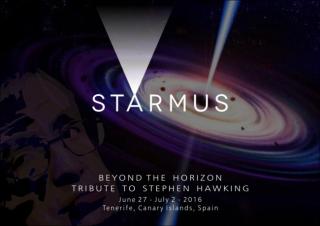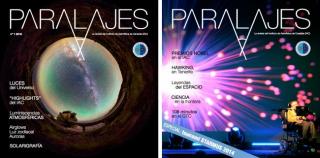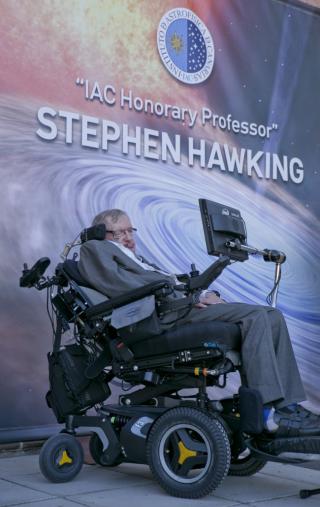
The writer and journalist from Madrid, who has participated in the multidisciplinary project at the IAC "En un lugar del Universo...", has described as "marvellous" her experience visiting the Canary Island Observatories, and thinks that "everyone should be obliged to do this at least once in their lives"
Advertised on




